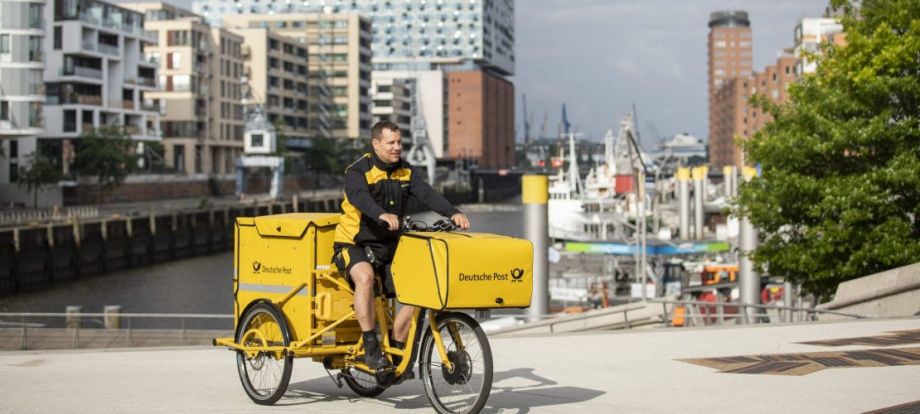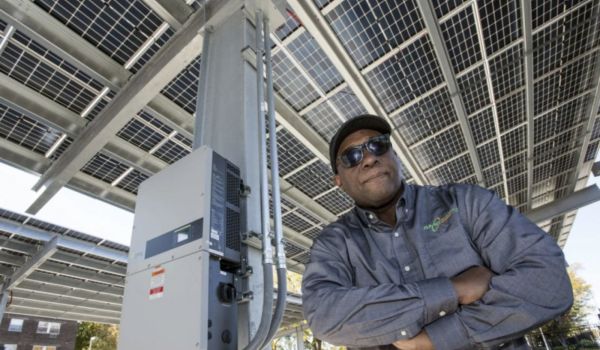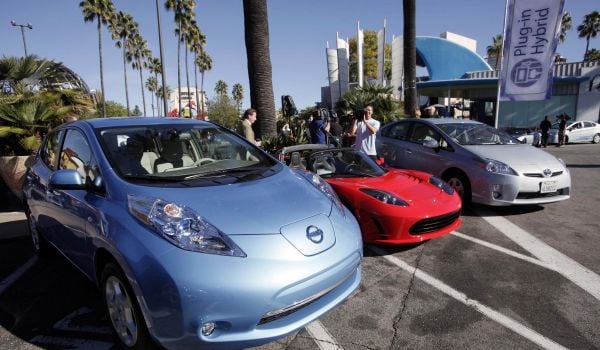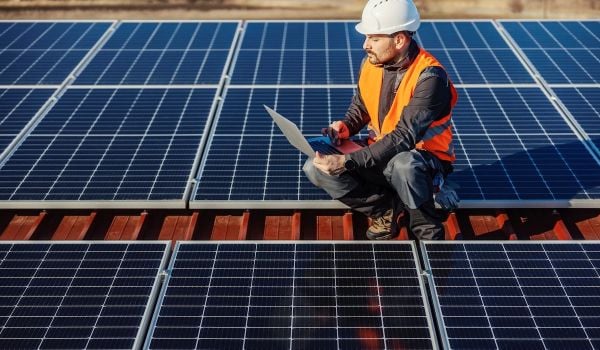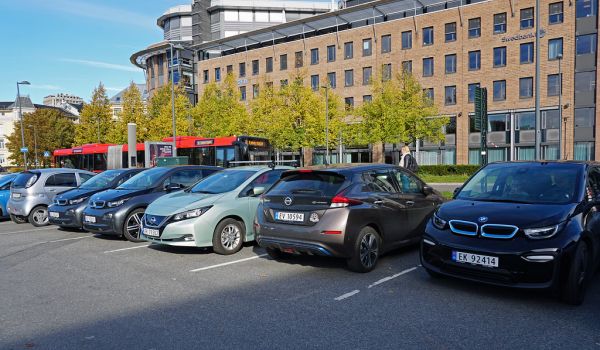Oliver Obernier first began delivering mail for Germany’s postal service back in 2006. Through the course of a normal day, the 47-year-old would drop off about three boxes of letters on his winding route through Hamburg’s HafenCity, an historic harborside neighborhood set alongside the River Elbe.
But in 2011, the postal service swapped out Obernier’s bicycle for an “e-trike,” which uses electricity to assist the rider’s pedal-power. With this added support, he now delivers eight boxes per day — the equivalent of around 500 letters and 30 small parcels.
“I had always wished I could drive one,” says Obernier. “Now I definitely have much more capacity and more stability. I’m really happy with it. It’s healthier for me, too. Before I had to carry a bag on my back, which wasn’t so comfortable.”
These days, postal carriers like Obernier can be seen on their distinctive black and canary-yellow e-trikes zooming all across Hamburg’s extensive network of municipal bike lanes with quiet efficiency. The German national postal service, Deutsche Post, considers the battery-powered vehicles as key to its urgent ecological transition, which is already hailed by experts as an example the world can learn from. The company has publicly said “climate change is the central challenge of our time,” and aims to be carbon neutral by 2050.
“We are the operator of one of the largest vehicle fleets in Germany,” says Stefan Laetsch, spokesperson for Deutsche Post DHL Group. “As such, it was clear to us at an early stage: Our vehicles had to be economical, withstand the tough stresses of everyday postal work and be emission-free.”
But a decade ago there were no appropriate vehicles on the market, so Deutsche Post decided to develop its own — a “future-focused electric vehicle for letter and parcel deliveries” — working with the German startup StreetScooter and researchers from RWTH Aachen University to create a prototype.
Today, no other country in Europe has as many electric vehicles as Deutsche Post DHL, which is the world’s largest logistics company. The e-vehicle fleet is being massively expanded as part of this unprecedented sustainability offensive and the company will invest a further seven billion euros by 2030. Almost 14,000 electric vehicles were in operation at the beginning of 2021, and that will rise to 21,500 in 2022 and 37,000 by 2025, giving fresh meaning to the idea of “e-mail.”
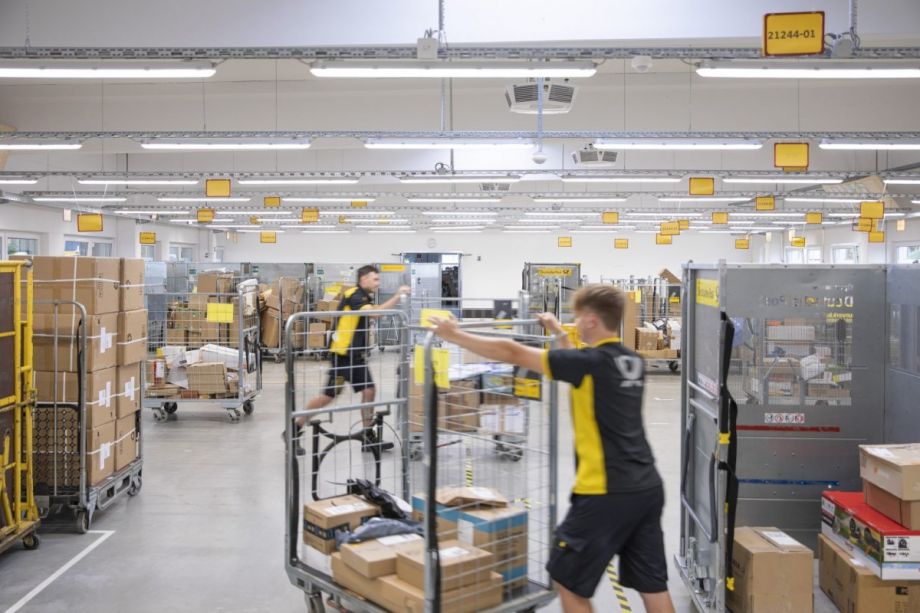
(Photo by Deutsche Post)
Despite the fact that the service has delivered a growing number of parcels over the past decade — in 2020, it distributed 1.6 billion packages, up from 790 million in 2010 — its transport- and delivery-related CO2 emissions have fallen slightly, from 1.36 million tons in 2018 to 1.32 million tons in 2020. Its emissions are projected to drop a further 150,000 tons each year up to 2025.
Gregory Keoleian, director of sustainable systems at Michigan University, believes vehicle electrification is a key strategy for decarbonization for the transport sector in general, not only delivery vehicles.
“The internal combustion engine vehicles are problematic,” says Keoleian, who published a study into electric delivery vehicle emissions in July. “As we shift to renewables, this is critical. The battery costs are coming down, so it’s becoming more competitive. And the efficiency of vehicles is improving. There’s no major barriers. Germany’s leadership is highly valuable. The world needs to step up.”
E-trikes are particularly useful for transporting goods in city streets. With their high payload capacity, they have enough room for not only letters, but small parcels. Last year alone, e-trikes delivered 58 million parcels in Germany.
In more sparsely-populated areas, however, e-trikes aren’t always the solution. “Bicycles will be limited in rural areas for sure, but will work very well in cities,” says Professor Keoleian. “The last mile of delivery is often critical. But you have to look at the number of packages and the distance between stops. You want to match the vehicle type with the characteristics of the route.”
Deutsche Post also has e-vans in its fleet, which emit around four fewer tons of carbon each year compared with conventional mail vans, for heavier mail and longer distances. And the company is currently developing low-carbon, heavy-duty vehicles fueled by hydrogen for the long haul.
There are tentative signs that the U.S. could follow this e-route. The U.S. Postal Service (USPS) has an initiative to gradually replace its gasoline powered vehicles over the next decade, and the Biden Administration plans to offer $6 billion to electrify 70 percent of the delivery fleet. Meanwhile, in 2019 Amazon announced it would obtain 100,000 electric delivery vehicles and FedEx aims to be fully electric by 2040.
But no electric vehicle can drive the ecological transition like e-trikes can. A study of London found that they could reduce package delivery emissions by a third compared with electric vans. And while mailman Obernier says there is room for improvement — his e-trike requires charging every two days, and its load limitations mean he has to pick up more letters during the day — he gives it a resounding stamp of approval.
“It’s a lot quicker and easier to drive in the cities than a parcel car is,” he says, “and I’m happy to contribute to reducing carbon emissions every day. My colleagues and I take it as a serious responsibility. It’s a development for the future.”
This story was originally published by Reasons to Be Cheerful.
Peter Yeung is a Contributing Editor at Reasons to be Cheerful and has written for publications including the Guardian, the LA Times and the BBC.

